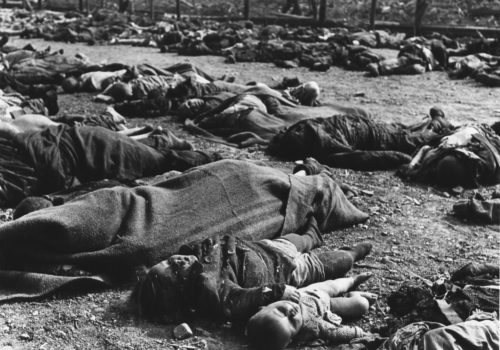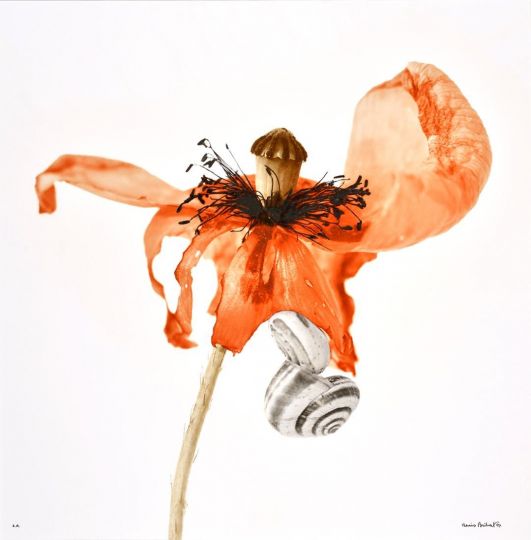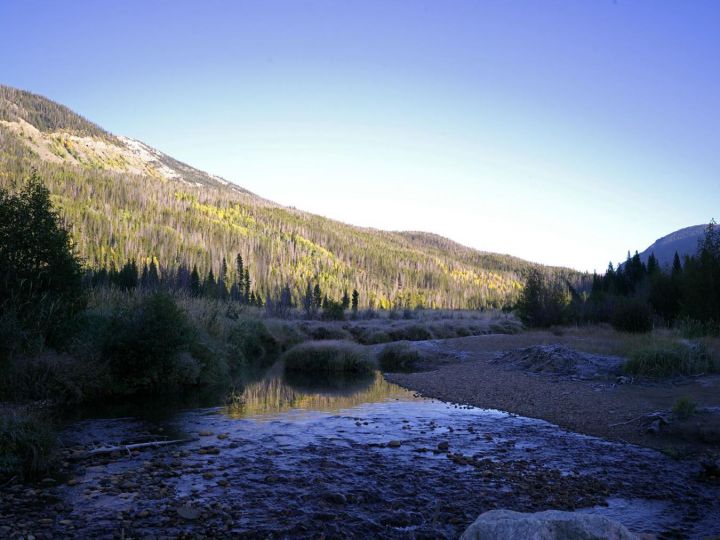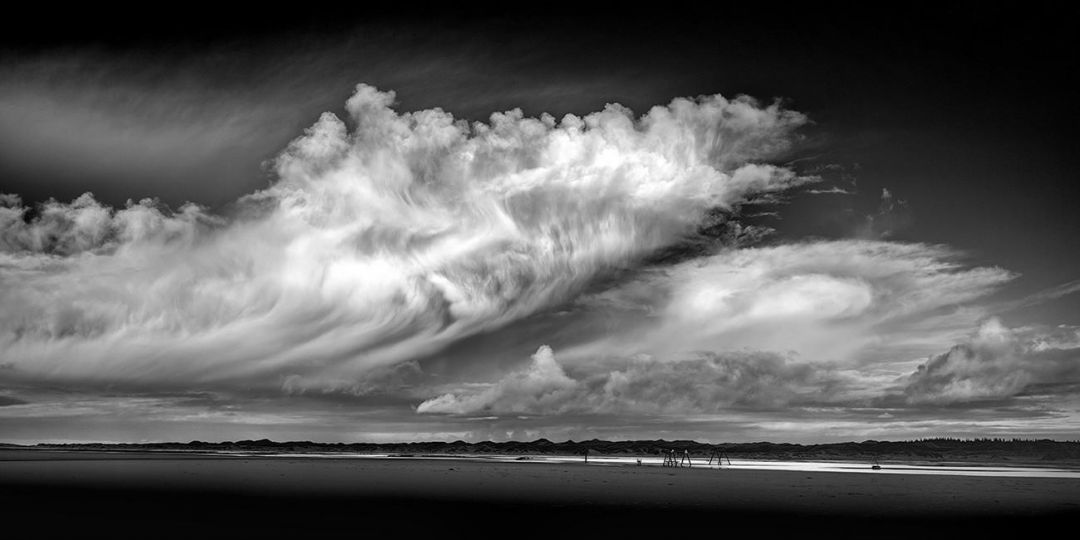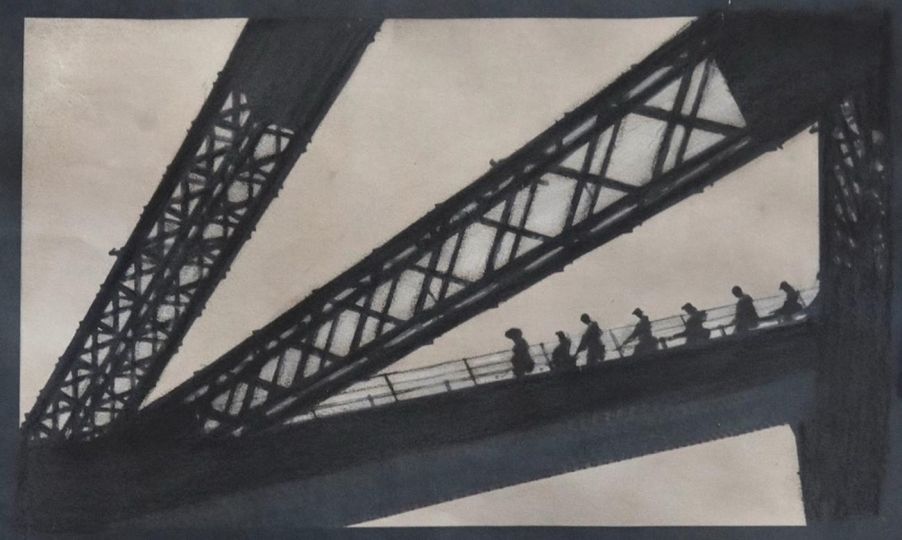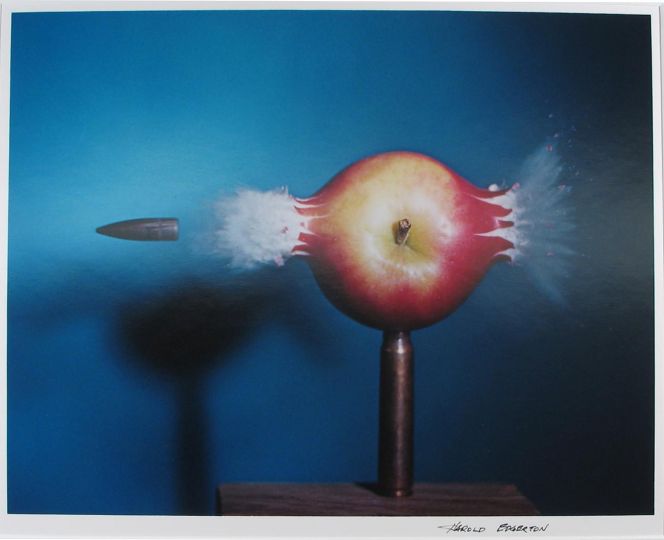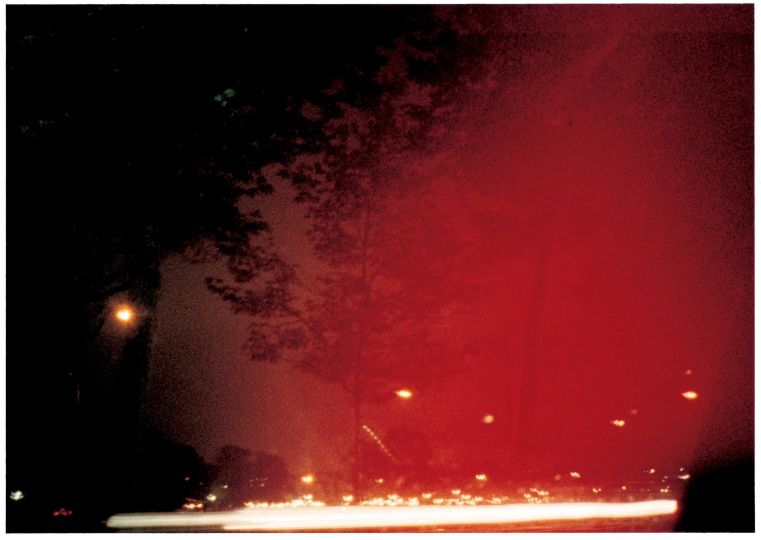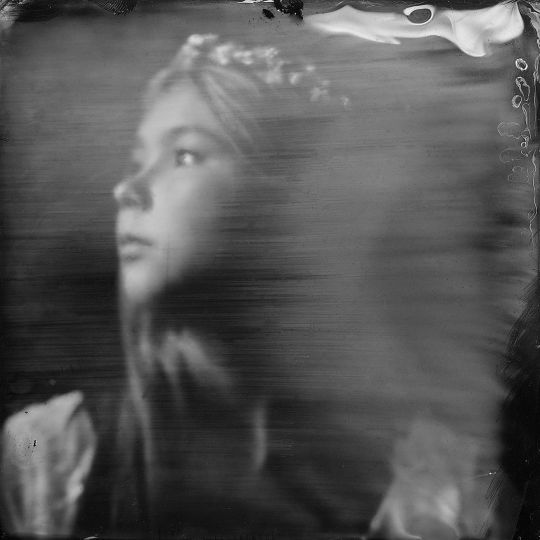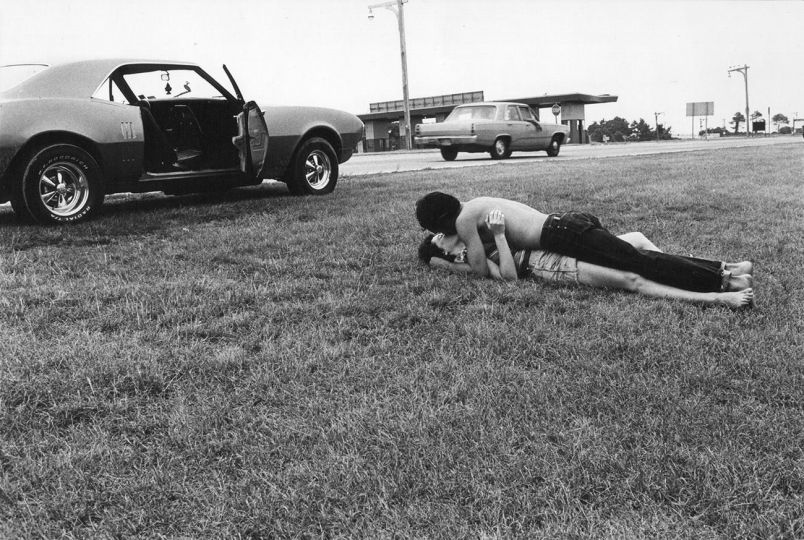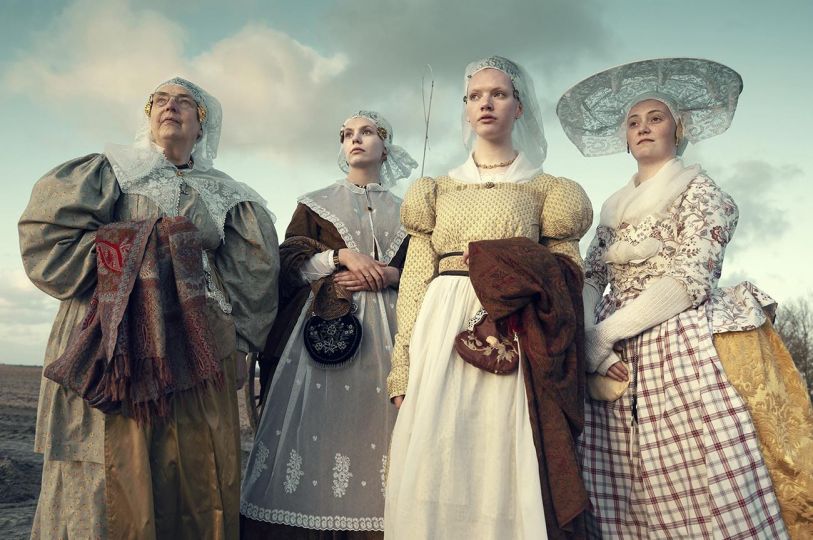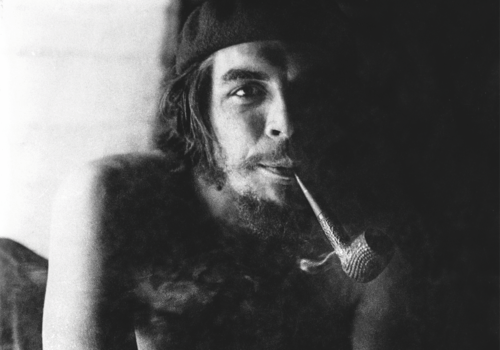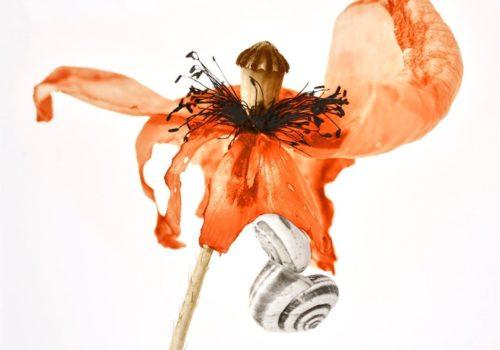We know very little about John Florea (1916-2000). His short biographies give an impression of what we would now call a “man of images”: celebrity photographer, war correspondent, and director and producer of some of the biggest American television shows of the 1960s and 1970s. His self-portraits are happy and lighthearted, as he plays in front of the camera in the soldiers’ quarters just as he would amongst semi-nude nymphs.
However, John Florea would lose this innocence to the war. It did not seem that way at first, when Florea, Hollywood photographer for Life, decided to change focus and photograph the United States’ entry into World War II after the December 7, 1941 Pearl Harbor attack. He had no immediate encounters with combat. In 1942, he shot images of military training just as he would film a Hollywood epic. He devoted an entire series to a young actress entertaining the state-side soldiers, each and every one receiving a kiss. This was California. The sun was shining. Everything remained rather carefree.
In 1943, John Florea left for the Pacific Front. The war was hard to photograph. There were no real battlefields. It was all a matter of planes, boats, and aircraft carriers. Except for sporadic bombings, the enemy was invisible. John Florea’s humor was still intact, and the soldiers had not been truly tested. With smiles, they threated the Japanese Empire as they chalked intimidating ironies onto bombs for their future victims. Then there was Tarawa, the first shock. The entire island was destroyed by bombings, blackened with ash, left without a single tree. Still, the war remained abstract. There were no corpses, no blood spilt. The American army was alone on this desolate piece of land in the middle of the Pacific. The enemy had not yet taken shape.
Everything changed during the middle of 1944, when John Florea was sent to the European Front. Here, there were no boats, no planes, no machines behind which to hide, except for occasional overturned tanks abandoned on the roadside. It was hand to hand combat between the American and German armies. These were the first dead soldiers and civilians that Florea saw. He photographed relatively few faces of those tortured. The images he did take were of the American prisoners of war executed on December 17, 1944, during what was later called the Malmedy Massacre. The famous image of a corpse of an American nurse in the snow was followed six days later by the execution of three German spies captured by the American army. Killed just after their capture and swift trial, they were shot in their GI uniforms, not having time to change into prisoner drab.
However, the biggest revelation for John Florea was the civilian lives which were directly impacted by the war. They could not take refuge behind the front and protect themselves from the butchery as American civilians could. In Europe, populations were torn apart, watching their homes reduced to ash by bombings with only a few sacks or suitcases to hold all their belongings. John Florea saw life reduced to nothing even before he went to the concentration camps.
During the spring of 1945, John Florea came to the Stalag 12-A prisoner of war camp in Germany. Here, he began to understand the horror of the Nazis’ crimes. The Nazis were no longer wartime enemies. From then on, they were personified evil. His compatriots, his imprisoned American soldiers, resembled corpses. This was the first real revelation for Florea before visiting the Nordhausen concentration camp a few days later. There, he understood that the extermination taking place was that of the masses and what that meant for a majority of civilians. The army was no longer sheltered from the barbarity. John Florea photographed a father and son burying their dead wife and mother at Nordhausen and, then, the German civilians requisitioned by the American army to bury the remaining victims.
Contrary to those whose profession was war photography, John Florea was like any other American citizen. During his first months, events still had an air of humor. He was distanced from the realities of combat. Gradually, John Florea became more aware of the true sense of war and its atrocities. John Florea’s photography of World War II is an intimate journal of war created by a man not made for combat. He left with a carefree naivety and returned shocked and shaken by what he had seen. American civilians would have the same reaction while they watched the story unfold from their homes over the passing months.
Life Magazine published his photographs in thirty-two issues between 1942 and 1946 (more than those of Robert Capa) because they perfectly illustrated America’s gradual awakening to the conflict. In this respect, John Florea, more so than the war-hardened war-photographers Margaret Bourke-White, Robert Capa, or George Rodgers, could be seen as an emblem of his fellow-countrymen. We can understand why Barbie Zelizer describes John Florea’s images as “iconic” for Americans. We can also understand his return to more frivolous, lighthearted work. It was his return to life after coming back from the front.
Anais Feyeux, Curator and Director of Steven Kasher Gallery
Translation : Sara Sciabbarrasi
John Florea : World War II is the first solo show of John Florea.
EXHIBITION
John Florea : World War II
From October 29th to December 19th, 2015
Steven Kasher Gallery
515 W. 26th St.
New York, NY 10001
USA
Tuesday to Saturday 10am to 6pm
http://www.stevenkasher.com

